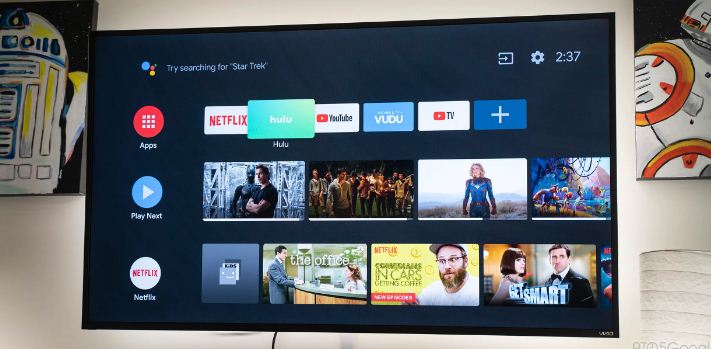Android TV, the core platform for Google’s foray into the big screen, has revolutionized the way we experience television. Developed as an optimized interface based on Android, this groundbreaking platform was first introduced at Google I/O 2014 for devices like the Nexus Player. Over the years, Android TV has gained immense popularity, garnering the attention of major TV manufacturers, with Sony being a notable adopter on its Bravia TVs in 2015, a partnership that continues to thrive.
In 2017, Google unveiled a complete redesign of the platform, enhancing user accessibility with a seamless app experience. The introduction of the “Play Next” row empowered users to swiftly jump into their preferred content, while customizable rows, fueled by apps on the device, allowed for a personalized viewing experience. This design persisted until 2021, when Google rolled out a tweaked homescreen experience that incorporated select features from the Google TV framework.
However, this journey was not without its share of controversies. In 2020, Google stirred up a storm by adding “Cinematic Highlights” to the top of the Android TV homescreen in the form of “Staff Picks” and sponsored content advertisements that could not be disabled. This update, distributed to almost every consumer device, sparked heated discussions within the user community.
Despite these hiccups, Android TV remains a formidable player in the field of television entertainment. The platform boasts an extensive array of apps, all accessible through the Google Play Store. As of 2021, leading streaming services such as Netflix, Hulu, Disney+, HBO Max, Peacock, Apple TV+, Amazon Prime Video, Vudu, Spotify, Paramount+, and many others offer their content on this revolutionary platform.
Android TV has evolved from a promising idea to a full-fledged platform, captivating both users and TV manufacturers alike. With its constantly improving features and vast selection of apps, it has firmly established itself as a force to be reckoned with in the world of television.

